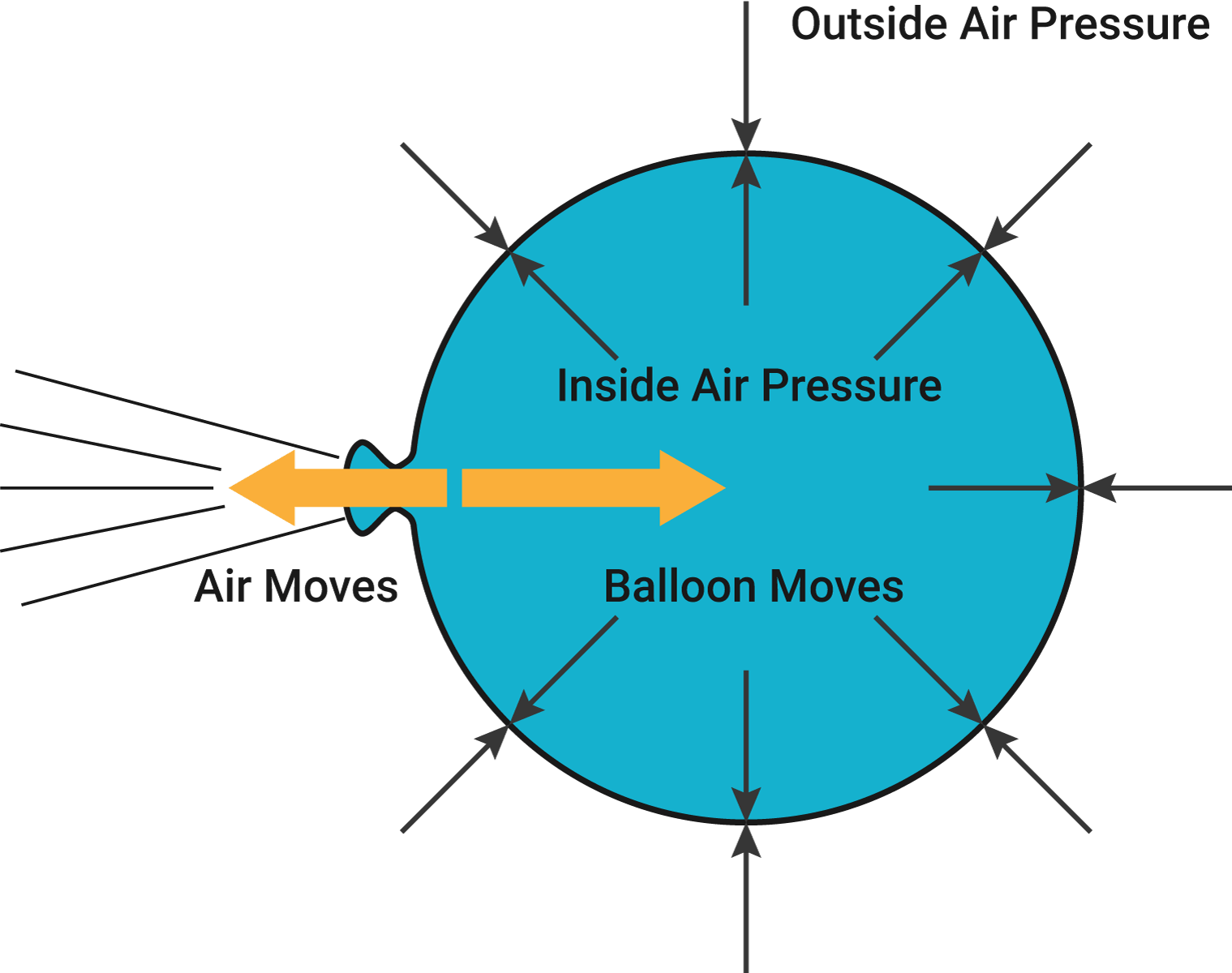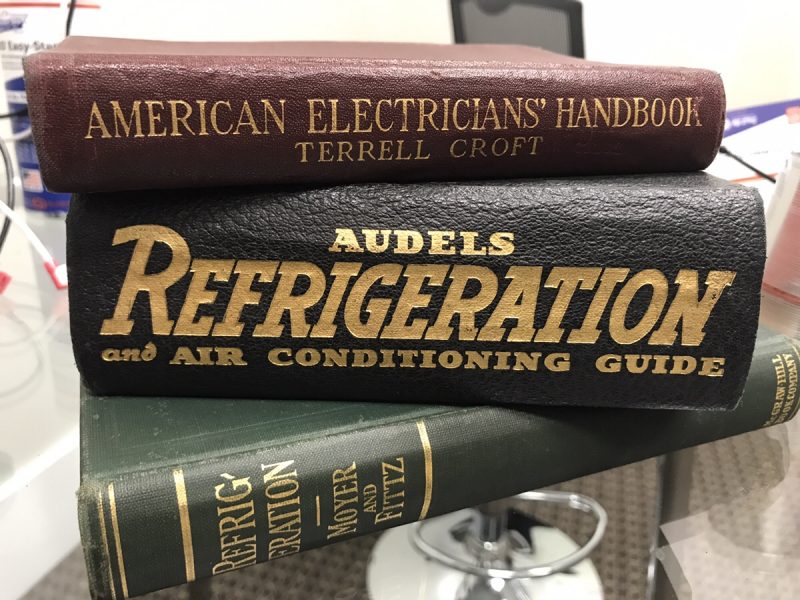Get Tech Tips
Subscribe to free tech tips.
Refrigerant Recovery Practices

Recovery is the removal of refrigerant from a system. From there, you can either store it and send it in for recycling or reintroduce it back into the same system.
Here are some top tips:
- Make sure your tank is empty and evacuated to 300 microns if you plan to return the refrigerant to the system.
- Never mix refrigerants.
- Purge your hoses before recovery.
- Use a flare line drier on the inlet of the machine to increase the life of the machine, as well as filter and dry the refrigerant. These must be replaced regularly.
- When recovering into a tank using the standard method, invert the tank and pump into the vapor port on the tank.
- Remove Schrader cores before recovery for faster recovery and a cooler tank.
- Use larger-gauge hoses without core depressors for faster recovery.
- Check recovery machine inlet screens regularly. Clean or replace them as needed.
- Some machines require oil to be run through the machine from time to time. Read the manufacturer's specifications.
- If your tank becomes hot, you can place it in a bucket of water or run water over the tank.
- Don't leave refrigerant in your machine during storage. If your machine has a purge mode, make sure to purge the refrigerant out of the condenser (see the manufacturer's specs on your machine).
- Most HVAC systems holding under 200 lbs of refrigerant are not required to be pulled into a vacuum during recovery. See this chart from the EPA.
- Weigh the refrigerant out. Don't fill the tank to more than 80% of the REFRIGERANT capacity, not just the water capacity.
We cover all of this and more in this video:
You can also check out the System Recovery and Evacuation Training Course on the HVACR Learning Network. This course offers NATE credits and is part of the All Access Subscription Bundle.
—Bryan










Comments
To leave a comment, you need to log in.
Log In